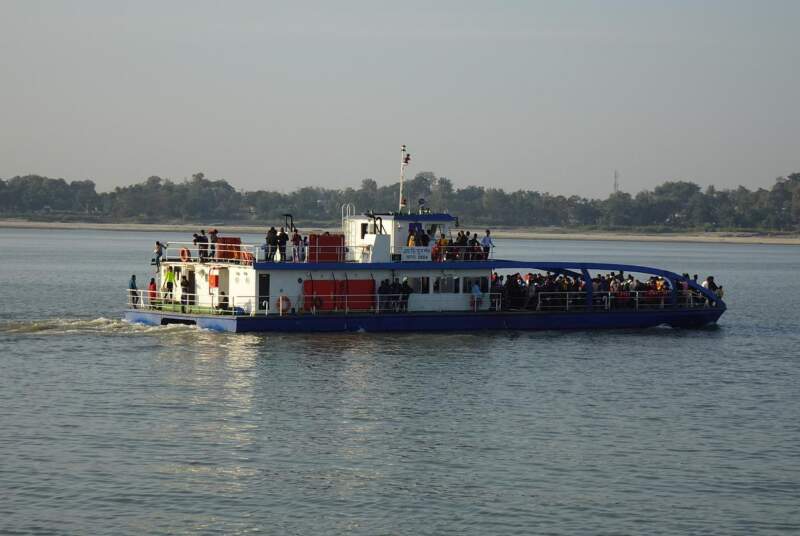Long ago, around 1962, it is mentioned in historical records that Mr. B. N. Mullick, the Chief of the Intelligence Bureau, wanted to resign from his service as the boss of his outfit and to organize an Assamese Resistance in the beleaguered undivided Assam.
In the meantime, the expats running the tea gardens in upper Assam were evacuated by air, an exercise known as the ‘Assam Airlift’. According to Late Mullick, “the composition of the area was such that once out of hand, it is not possible to retake the same.”
Much later, a stay back operation was entrusted to the Special Services Bureau, with its headquarter at Devendranagar near Tezpur. The Chinese were only 100 miles away from the banks of the Brahmaputra.

Brahmaputra river. Image by Bishnu Sarangi from Pixabay
Chinese PLA
In the Lohit Sector, the Chinese PLA was only a similar distance away from the oil township of Digboi.
Whatever the reasons for the Indian debacle of the Sino-Indian war of 1962; the contemporary scenario of the frequent skirmishes along the Line of Control along the McMahon Line is not a good sign either.
As the inexperience of Cyril Radcliffe led to the mammoth displacement of religion based partition, the north east experienced a near notoriety: it lost the Sylhet district and earned a small connectivity with the mainland.
This is what is called the Siliguri Corridor. This sustains the over dependent north east Indian population; from sugar to socks, medicines to clothing, salt to cigarettes and so on and so forth.
There is no way the eastern boundary with Myanmar is going to help in a significant manner if there is a dislocation of this corridor due to natural calamities or enemy action.
The Brahmaputra river is the solution to reckon with, But there is only a concentration on the commercial and tourism movements.
Defensive Strategy
Imagine a time, when the neighboring country of Bangladesh is diplomatically subdued and the river is the most reliable pathway for the supply route for defense and the civil needs. The defense and the river transport ministry must work hand in hand.
During WW-II, this waterway served as a major pathway for war preparedness. Why forget the history of such a tract, once termed as the most precious property of the British Empire?




